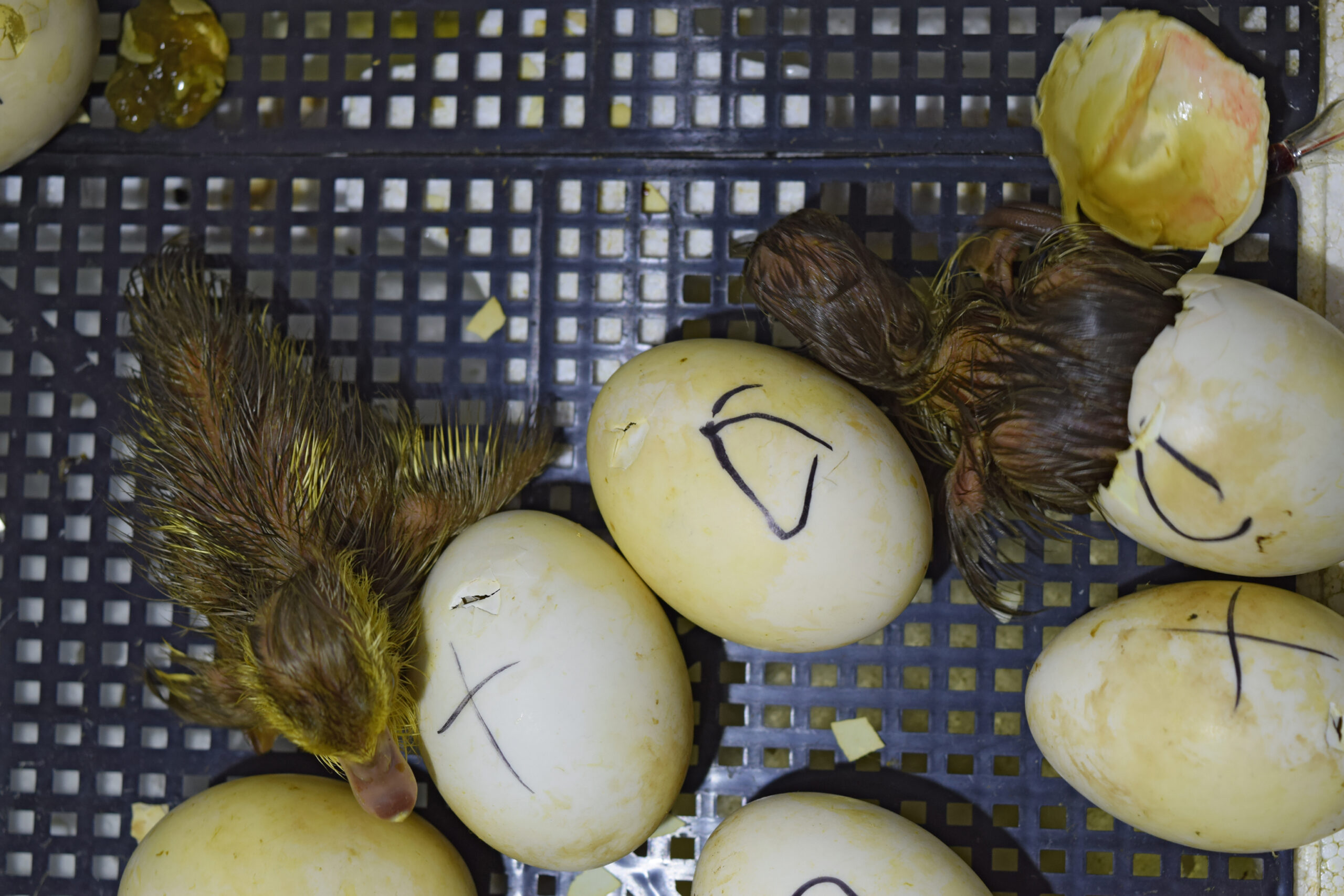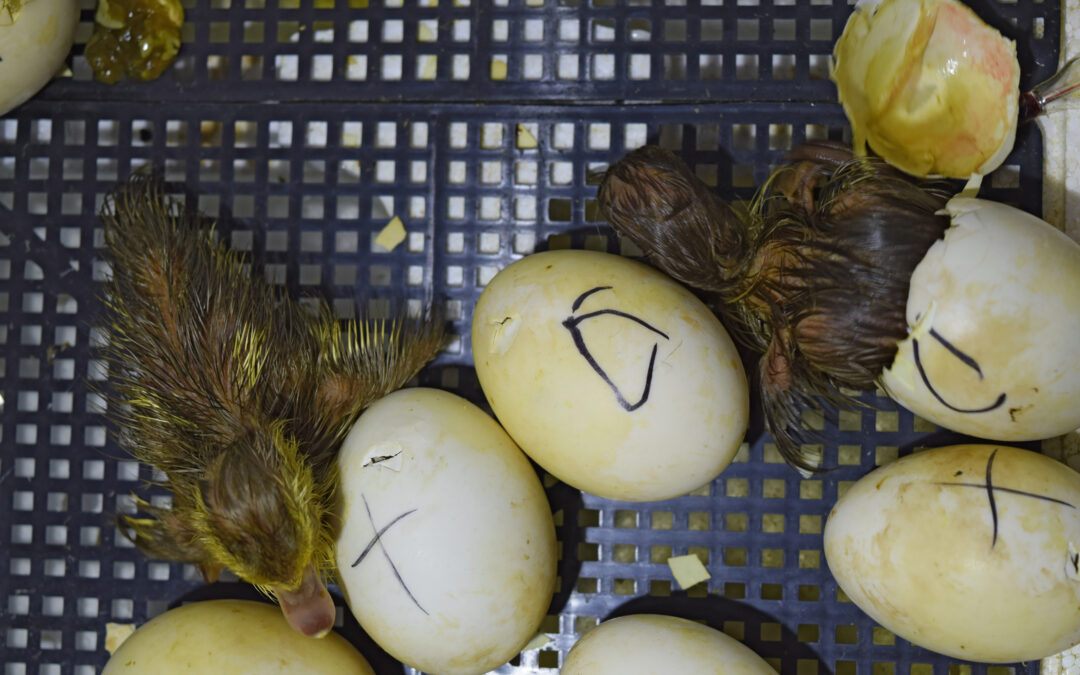Starting your own home farm can be a rewarding and fulfilling experience. With the right planning, you can grow fresh produce and raise animals for food or pleasure. In this article, we will explore how to start your own home farm with tips and tricks that will help you succeed.
Introduction to Home Farming:
Home farming is becoming increasingly popular as people seek to live more sustainable lives and have greater control over their food supply. Whether you are looking to grow vegetables, fruits, herbs, or raise chickens, goats, or other small livestock, there are many benefits to starting your own home farm. You can save money on groceries, enjoy fresher and healthier food, and reduce your carbon footprint by growing your own produce. Additionally, home farming can provide opportunities for recreation and relaxation while connecting you with nature.

Choosing the Right Plants and Animals:
One of the most important steps in starting your own home farm is choosing the right plants and animals. Consider what type of climate you live in, the amount of space available, and your personal interests when selecting crops and livestock. For example, if you live in an area with hot summers and mild winters, you may want to consider planting heat-tolerant crops like tomatoes, peppers, and melons. If you are interested in raising animals, research the needs and characteristics of different breeds before making any decisions.
Preparing Your Land for Planting:
Once you have selected your crops and livestock, it’s time to prepare your land for planting. This involves clearing the ground, removing rocks and debris, and adding nutrients to the soil. Depending on the condition of your land, you may need to add compost, manure, or fertilizer to enrich the soil. It’s also essential to remove any invasive species or weeds that could compete with your crops or harm your animals.
Building a Sustainable Ecosystem:
A key component of successful home farming is building a sustainable ecosystem. This means creating a balance between your plants, animals, and environment that promotes growth and reduces waste. One way to achieve this is through crop rotation, which involves planting different crops in specific areas each year to prevent soil depletion and pests. Another strategy is to use natural predators to control insect populations rather than relying solely on chemical pesticides.
Harvesting and Preserving Your Crops:
After months of hard work, it’s finally time to harvest your crops! Make sure to pick your produce at peak ripeness to ensure maximum flavor and nutrition. Once you have harvested your crops, you should preserve them to extend their shelf life. Common methods include canning, freezing, drying, and fermenting. By preserving your crops, you can enjoy homegrown produce throughout the year.
Marketing Your Homegrown Products:
If you have excess produce or products from your home farm, you may want to consider marketing them to generate some income. There are several ways to do this, including selling directly to consumers at local farmer’s markets or online platforms like Etsy. You can also partner with restaurants or grocery stores to sell your products wholesale. The key to success is finding a niche market and differentiating yourself from competitors.
In conclusion, starting your own home farm can be challenging but incredibly rewarding. By following these tips and tricks, you can create a sustainable and productive ecosystem that provides fresh produce and animal products for years to come.





